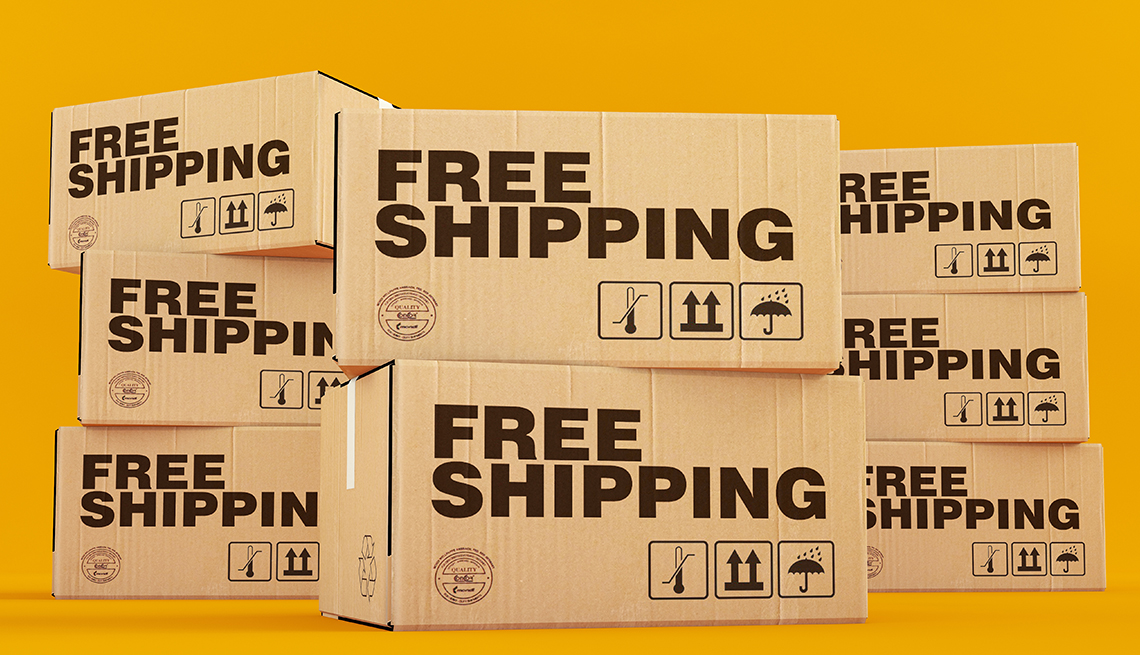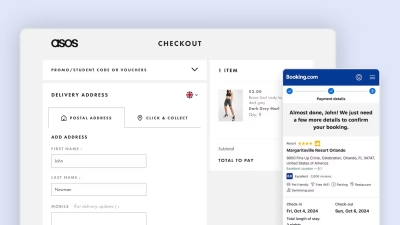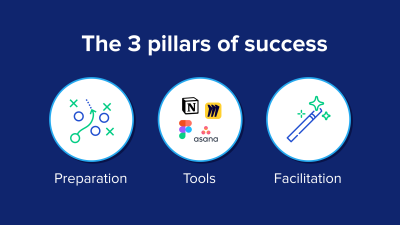Introduction
Psychology of Free Shipping become a powerful marketing lever in e-commerce. From Amazon Prime’s promise of “free two-day delivery” to small boutique stores offering “free shipping on orders over $50,” this tactic is everywhere. But why does free shipping work so well? Is it just about saving money, or is there a deeper psychological trigger at play?
In this blog, we’ll explore the psychology behind free shipping, examine real-world data, and share actionable strategies for e-commerce brands. We’ll also discuss when free shipping makes sense, how to structure your offers, and how to avoid common pitfalls.
The Rise of Free Shipping in E-commerce
- Historical context: Early days of online shopping, shipping was always extra.
- Amazon’s influence: Prime set new expectations.
- Consumer expectations: Surveys show most shoppers now expect free shipping as standard.
- Competitive pressure: Brands feel compelled to match or beat rivals’ offers.
The Psychology Behind Free Shipping
1. The Power of “Free”
- “Free” is a magic word—triggers excitement and reduces friction.
- Dan Ariely’s research: People overvalue free offers, even when the actual value is small.
2. Loss Aversion
- Paying for shipping feels like a loss or penalty.
- Shoppers hate “hidden” costs at checkout.
3. Anchoring and Framing
- “Free shipping on orders over $50” frames $50 as a target.
- Shoppers anchor their cart value to reach the threshold.
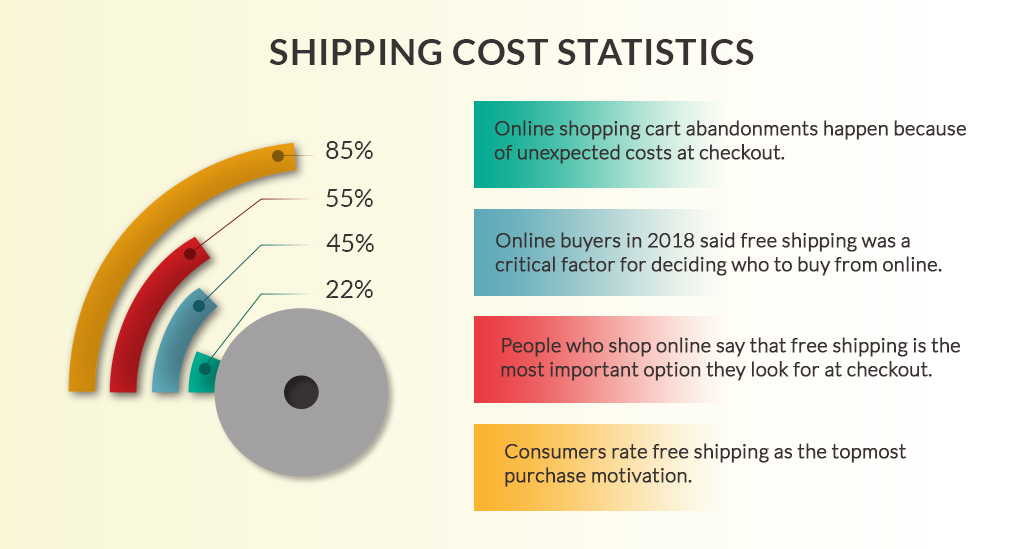
4. Perceived Value
- Free shipping increases the perceived value of the purchase.
- Makes the offer feel more generous and customer-centric.
Does Free Shipping Really Boost Sales?
1. Conversion Rate Increases
- Multiple studies show conversion rates jump when free shipping is offered.
- Example: A/B tests where conversion increased by 10–30%.
2. Average Order Value (AOV)
- Threshold-based free shipping encourages shoppers to add more to their cart.
- “Spend $10 more to get free shipping” nudges behavior.
3. Cart Abandonment
- High shipping costs are a top reason for cart abandonment.
- Free shipping reduces checkout drop-off.
4. Customer Loyalty
- Repeat purchases increase when free shipping is standard.
- Shoppers are more likely to return to brands that offer it.
When Free Shipping Doesn’t Work
- Low-margin products: Free shipping can erode profits.
- International shipping: Costs may be too high to absorb.
- Abuse and returns: Some shoppers exploit free shipping for returns or small orders.
- Perceived quality: For luxury brands, free shipping may cheapen the experience.
Structuring Your Free Shipping Offer
1. Threshold-Based Free Shipping
- Set a minimum order value to qualify.
- Analyze your AOV and margins to set the right threshold.
2. Limited-Time Promotions
- Use free shipping as a time-limited incentive.
- Drives urgency and FOMO.
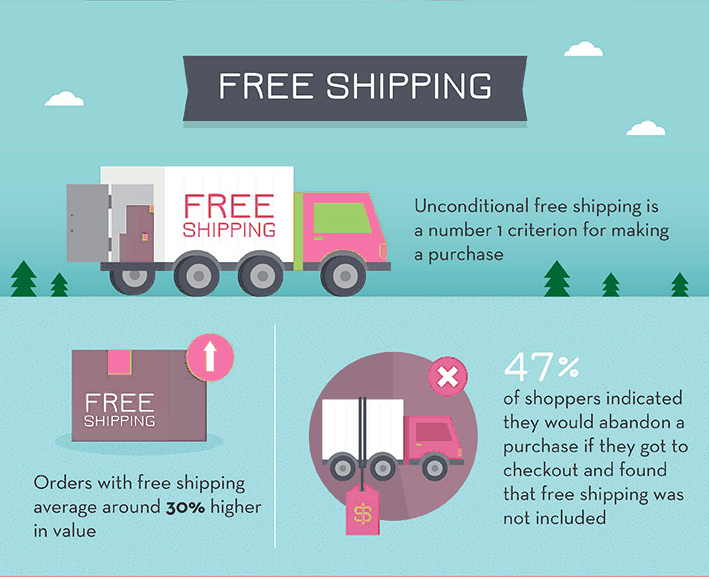
3. Member-Only Free Shipping
- Loyalty programs (e.g., Amazon Prime).
- Encourages sign-ups and repeat business.
4. Product or Category-Based Free Shipping
- Offer free shipping on select items or categories.
- Useful for high-margin or overstocked products.
5. Geographic Restrictions
- Limit free shipping to certain regions or countries.
Communicating Free Shipping Effectively
- Homepage banners: Make the offer visible from the start.
- Product pages: Remind shoppers of the offer as they browse.
- Cart and checkout: Show progress toward the threshold (“You’re $8 away from free shipping!”).
- Email and retargeting: Use free shipping as a hook in abandoned cart emails.

Measuring the Impact of Free Shipping
- A/B testing: Test different thresholds and messaging.
- Track key metrics: Conversion rate, AOV, cart abandonment, profit margins.
- Customer feedback: Survey shoppers about what matters most.
- Long-term analysis: Monitor repeat purchase rates and customer lifetime value.
Alternatives to Free Shipping
- Flat-rate shipping: Simple, predictable costs.
- Free returns: Reduces purchase anxiety.
- Local pickup: Useful for omnichannel brands.
- Bundled offers: “Buy one, get one with free shipping.”
Conclusion
Free shipping is more than a pricing tactic—it’s a psychological trigger that can dramatically influence shopper behavior. When used strategically, it can boost conversions, increase order values, and build loyalty. But it’s not a one-size-fits-all solution. Brands must balance customer expectations with profitability, test different approaches, and communicate offers clearly.
The key is to understand your audience, analyze your data, and design a free shipping strategy that aligns with your brand and business goals. When done right, free shipping isn’t just a cost—it’s an investment in customer happiness and long-term growth.


